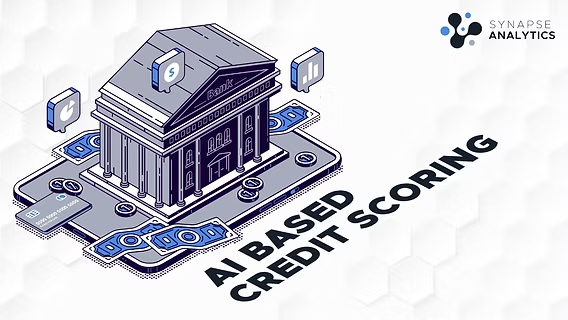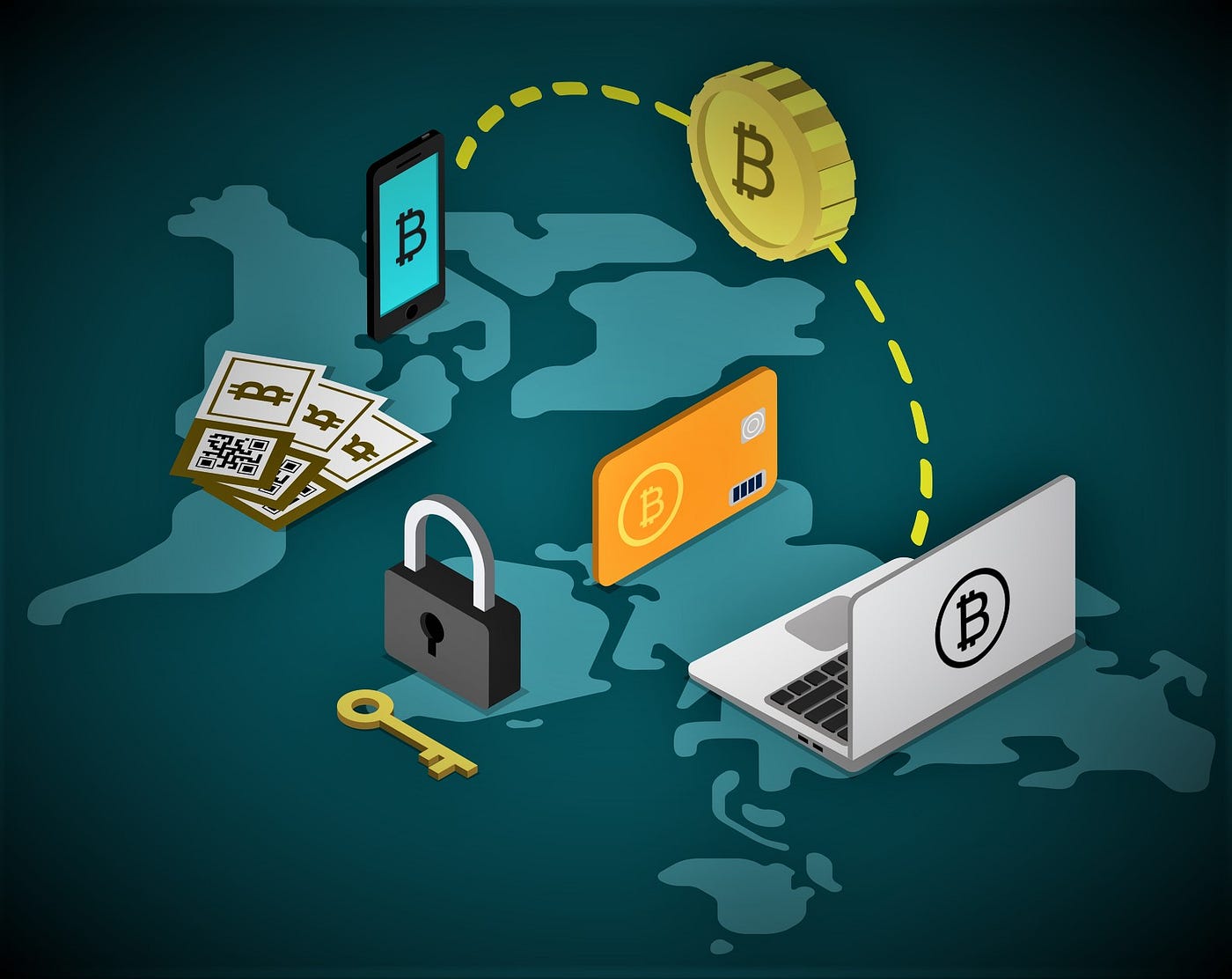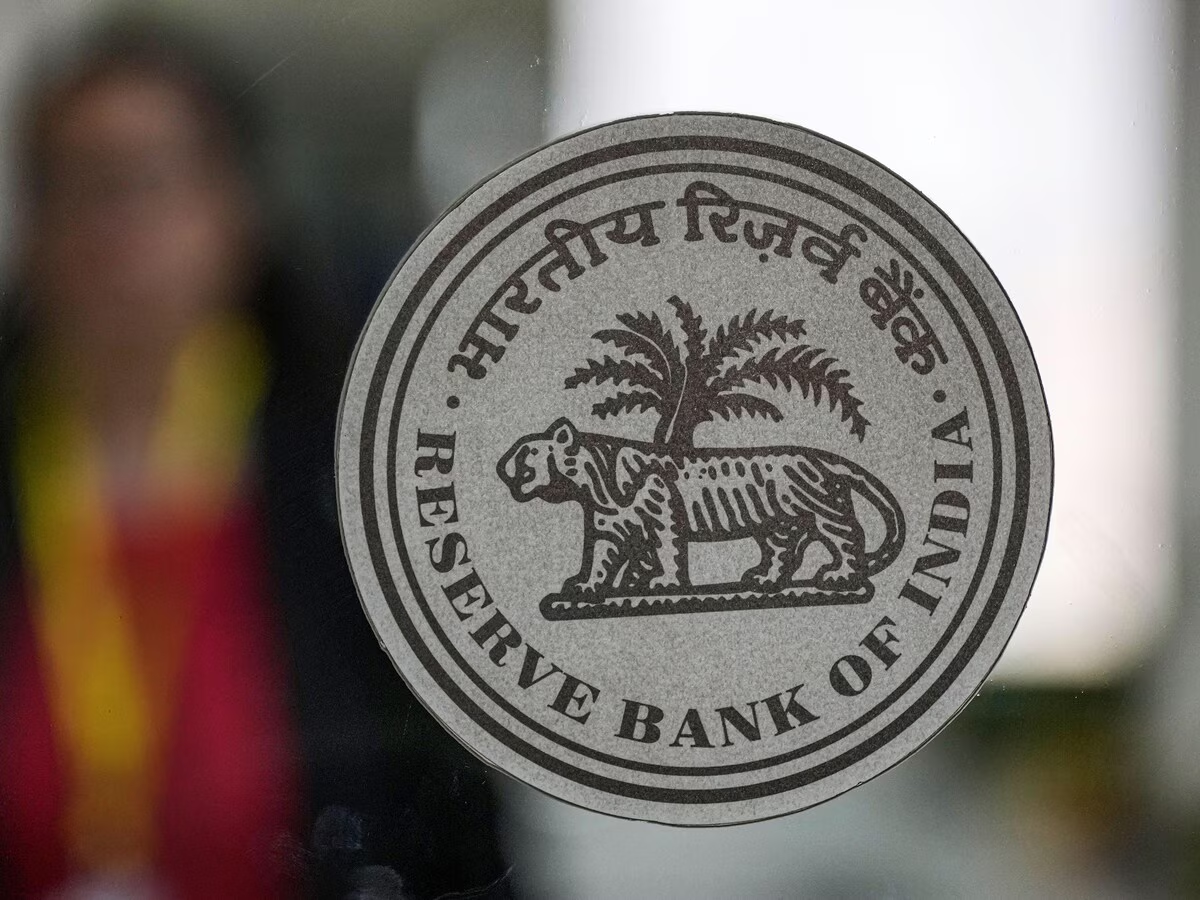FinTech vs. Global Privacy Laws: Are You Ready for What’s Coming?
2nd August 2025
 Biometric Payments: The Next Big Trend in Secure Transactions
Biometric Payments: The Next Big Trend in Secure Transactions
 QR Codes and the Cashless Leap: Transforming India's Financial DNA
QR Codes and the Cashless Leap: Transforming India's Financial DNA
.jpg) The Future of Payments: Trends Reshaping Transactions in 2025
The Future of Payments: Trends Reshaping Transactions in 2025
 How AI is Transforming the Credit Scoring System
How AI is Transforming the Credit Scoring System
 Flipkart Gets a Lending Licence: A Bold Leap into Embedded Finance
Flipkart Gets a Lending Licence: A Bold Leap into Embedded Finance
 The Evolution of Fintech Regulation: What’s Next?
The Evolution of Fintech Regulation: What’s Next?
 The Impact of 5G on Fintech Services
The Impact of 5G on Fintech Services
 What the Future Holds for Digital-Only Banks: Navigating the Next Era of Banking
What the Future Holds for Digital-Only Banks: Navigating the Next Era of Banking
 Top Fintech Innovations Shaping 2025: The Future of Finance
Top Fintech Innovations Shaping 2025: The Future of Finance
 The Rise of Contactless Payments: Benefits and Security Concerns
The Rise of Contactless Payments: Benefits and Security Concerns
 How Open Banking is Shaping Financial Services Globally
How Open Banking is Shaping Financial Services Globally
 The Role of Cryptocurrencies in Cross-Border Payments
The Role of Cryptocurrencies in Cross-Border Payments


26 July 2025
2 min read
3585
Reserve Bank of India Governor Sanjay Malhotra has flagged urgent concerns about the long‑term financial viability of UPI, urging policymakers to rethink its existing zero‑fee model amid ballooning transaction volumes. Addressing the Financial Express BFSI Summit, he highlighted that daily UPI transactions have doubled in just two years, soaring from roughly 31 crores to over 60 crores, and warned that the government can no longer indefinitely subsidize operational and infrastructure costs.
Malhotra acknowledged the success of the free‑transactions policy, stating that universal access and mass adoption "has borne good fruits". However, he emphasized that "some costs have to be paid", whether by the state, merchants, or eventual users, to maintain a sustainable, secure, and scalable payment infrastructure. While the question of reintroducing the Merchant Discount Rate (MDR) on high‑value or merchant transactions remains politically sensitive, he noted that the ultimate responsibility to continue the zero‑MDR regime rests with the government, which has so far resisted reinstating charges to preserve UPI as a “digital public good”.
In setting the broader context, Malhotra also stressed the need for forward‑looking policy frameworks—not just for payments but also in monetary policy and banking regulations—as India prepares for future challenges from cybersecurity to payment system resilience.
Read Next
 Blog
Blog
 News
News
 Blog
Blog
 News
News
 News
News
 News
News
Live Polls
Live Discussion
Topic Suggestion
Whom Do You Wish To Hear
Sector Updates
Leave your opinion / comment here